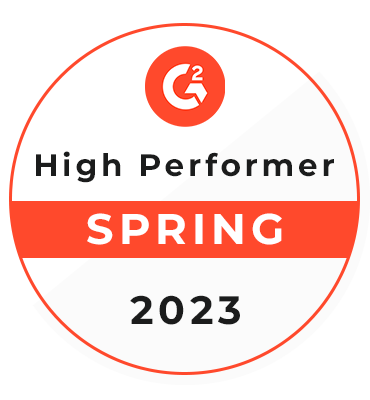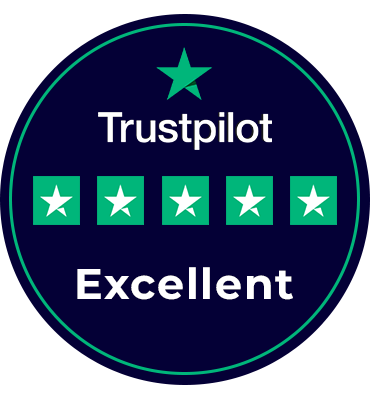Bollnou2.7c Software: A Comprehensive Guide to Features, Functionality, and Best Practices
Shyam Singh
Last Updated on: 19 September 2025
Introduction to Bollnou2.7c Software
Technology is evolving fast, and staying ahead means using the right tools. Bollnou2.7c is one such tool, transforming workflows and solving complex challenges.
Whether you're a developer, business leader, or tech enthusiast, understanding Bollnou2.7c can help you work smarter and more efficiently.
What Is Bollnou2.7c Software?
While Bollnou2.7c offers advanced features like AI-powered analytics, modular workflow automation, and cross-industry compatibility, users may occasionally face challenges depending on the complexity of integration or data infrastructure. A common problem on Bollnou2.7c involves initial configuration mismatches or compatibility issues with legacy systems in industries such as manufacturing or healthcare. These issues can be resolved with proper technical support and customization, ensuring optimal performance and reliability.
Key Characteristics
- Modular Architecture: Customisable modules for scalability.
- AI Integration: Predictive analytics and machine learning capabilities.
- Cross-Platform Compatibility: Works on Windows, Linux, and cloud environments.
- Real-Time Data Sync: Ensures seamless communication between systems.
Features of Bollnou2.7c Software
| Feature | Description |
|---|---|
| Automated Workflows | Reduces manual tasks via rule-based automation (e.g., invoice processing). |
| Predictive Analytics | Uses historical data to forecast trends (e.g., inventory demand). |
| API Ecosystem | Integrates with third-party tools like Salesforce and SAP. |
| Data Encryption | AES-256 encryption for compliance with GDPR and HIPAA. |
| Custom Dashboards | Drag-and-drop interface for real-time KPI tracking. |
How Does Bollnou2.7c Software Work?
Step-by-Step Overview
- Data Ingestion: Pulls data from databases, IoT devices, or user inputs.
- Processing: Cleans and organizes data using AI algorithms.
- Analysis: Generates insights via predictive models and visualisations.
- Action: Triggers automated workflows like alerts or record updates.
Example Use Case
In a retail setting, software bollnou2.7c can predict stock shortages, auto-reorder items, and update sales dashboards without human intervention.
Where Can Bollnou2.7c Software Be Used?
Manufacturing
- Optimises supply chain management.
- Monitors equipment health via IoT sensors.
Healthcare
- Manages patient records securely.
- Predicts disease outbreaks using historical data.
Finance
- Detects fraudulent transactions in real time.
- Automates compliance reporting.
Retail
- Personalises customer experiences using AI.
- Streamlines inventory management.
Who Should Use Bollnou2.7c Software?
Ideal Users
- Enterprises needing scalable ERP solutions.
- Developers building custom modules via open API.
- Data Scientists leveraging its machine learning toolkit.
- SMEs seeking cost-effective automation.
Not Ideal For
- Teams needing basic, off-the-shelf tools.
- Organizations lacking technical expertise.
How to Maintain Bollnou2.7c Software
Updates
- Install security patches regularly.
- Test in a staging environment before live deployment.
Backups
- Schedule daily cloud backups using AWS S3 or Azure Blob Storage.
Performance Monitoring
- Use tools like New Relic or Datadog to track server health.
User Training
- Conduct quarterly workshops for feature updates.
- Offer 24/7 support for issue resolution.
Common Problems with Bollnou2.7c Software
| Issue | Solution |
|---|---|
| Slow Performance | Optimise database queries; upgrade hardware. |
| Integration Failures | Validate API endpoints and compatibility. |
| Data Sync Delays | Increase bandwidth; adjust batch sizes. |
| Security Breaches | Enable MFA; audit user access levels. |
How to Improve Bollnou2.7c Software
- Develop custom industry-specific modules.
- Enhance AI using proprietary data sets.
- Implement user feedback loops for development.
- Migrate to cloud for better scalability.
Case Study
A UK-based logistics firm reduced delivery delays by 40% after integrating Bollnou2.7c with custom route-optimisation algorithms.
Key Considerations While Working with Bollnou2.7c
- Scalability: Plan for future data growth (5x current volume).
- Compliance: Stay updated with GDPR, HIPAA, etc.
- Cost Management: Track cloud usage and API expenses.
- Disaster Recovery: Maintain backup and rollback procedures.
Conclusion: Mastering Bollnou2.7c for Future-Proof Operations
Bollnou2.7c is not just another tool—it is a complete business transformation platform. For organizations wondering what is Bollnou2.7c software, it can be defined as a modern solution built to streamline operations, automate workflows, and ensure scalability. When you develop Bollnou2.7c software with the right approach, it enables businesses to stay ahead in a competitive digital market. From solving complex tasks to enhancing efficiency, software Bollnou2.7c offers endless opportunities for growth. Continuous updates also help improve Bollnou2.7c performance and minimize downtime. Even if you face any problem on Bollnou2.7c, the system’s adaptability and support options make it easier to overcome challenges. Ultimately, by mastering Bollnou2.7c, companies can future-proof their operations, achieve innovation, and drive sustainable success.
FAQs About Bollnou2.7c Software
Q1. What is Bollnou2.7c Software?
Bollnou2.7c Software is an advanced solution designed to streamline workflows, improve productivity, and provide customizable features for businesses.
Q2. What are the key features of Bollnou2.7c Software?
The software offers automation tools, real-time analytics, data security, and easy integration with existing systems to enhance overall performance.
Q3. Who can use Bollnou2.7c Software?
Bollnou2.7c Software is ideal for startups, enterprises, and organizations looking to optimize operations with scalable and user-friendly technology.
Q4. Is Bollnou2.7c Software customizable?
Yes, the software can be tailored to meet the unique requirements of businesses, ensuring flexibility and scalability across different industries.
Q5. How much does Bollnou2.7c Software cost?
The cost of Bollnou2.7c Software depends on your business needs, features required, and licensing model. You can request a customized quote.
Q6. Does Bollnou2.7c Software provide customer support?
Yes, it includes dedicated customer support with regular updates, troubleshooting assistance, and technical guidance.

 Verified
Expert in Software & Web App Engineering
Verified
Expert in Software & Web App Engineering
I am Shyam Singh, Founder of Fulminous Software Private Limited, headquartered in London, UK. We are a leading software design and development company with a global presence in the USA, Australia, the UK, and Europe. At Fulminous, we specialize in creating custom web applications, e-commerce platforms, and ERP systems tailored to diverse industries. My mission is to empower businesses by delivering innovative solutions and sharing insights that help them grow in the digital era.
Partner with Top-Notch Web Application Development Company!
Discuss your Custom Application Requirements on info@fulminoussoftware.com or call us on +1-903 488 7170.
15 Days Risk-Free Trial

